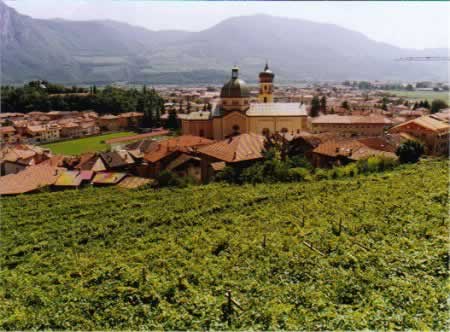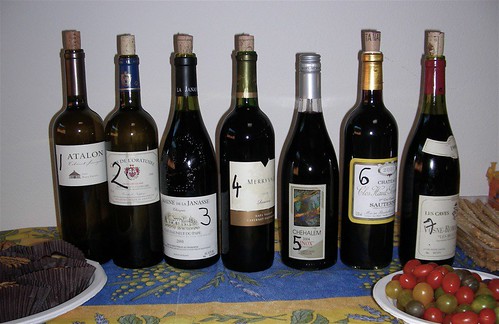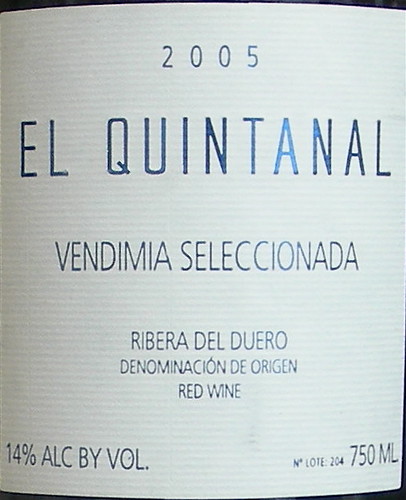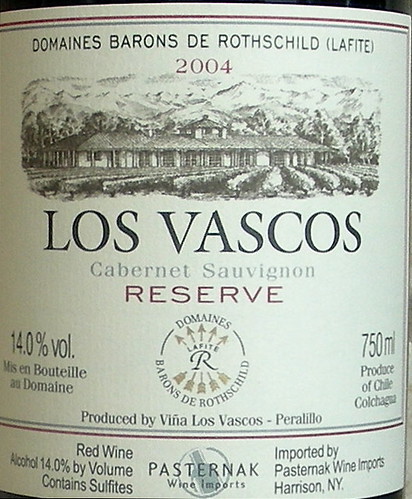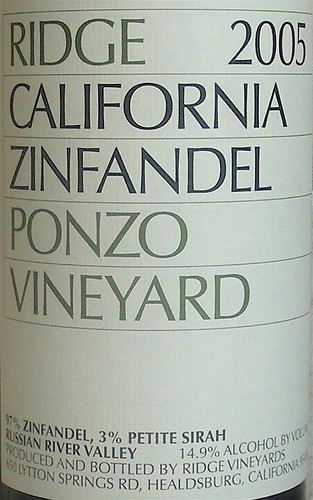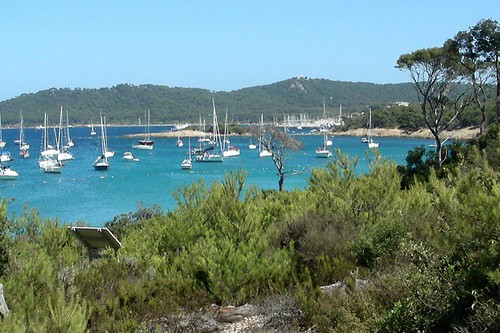
Porquerolles Island
Although in the early twentieth century, Porquerolles had one of the largest vineyards of the region — 200 hectares of vines — most of the island is now a protected national park and only three small wineries are producing wine today, all from the Côtes de Provence appellation.
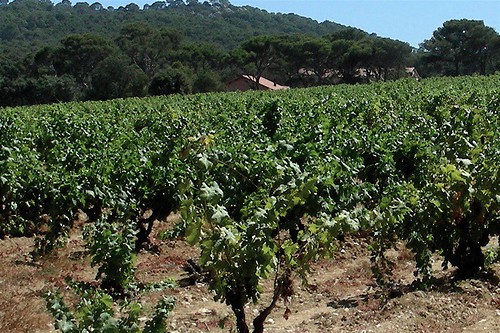 >
>The vineyard of Domaine de l'Île
The Domaine de l'Île is the island's oldest wine estate. The owner is the grandson of François-Joseph Fournier, a wealthy Belgium engineer who bought the Porquerolles Island in 1910 after making a fortune discovering a gold and silver mine in Mexico. The vineyard is completely organic and made of Grenache and Syrah for the red wine, Grenache, Cincault, Tibouren, and Mourvèdre for the rosé, and Rolle for the white. I was able to taste the red version of the Domaine de l'Île at a local restaurant. The wine had a pleasant Côtes du Rhône character, fleshy, fruity, and peppery, although I didn't find it specially distinctive.

The tasting room of Domaine de l'Île
The second oldest estate is the Domaine de la Courtade. Founded in 1983, it has now 30 hectares in production. The soil is made of flaky schist which has a great capacity to store water and allows the vines to develop a deep root system. The main planted red variety is Mourvèdre which thrives here thanks to 3000 hours of sunshine a year (the highest in France) and the constant high humidity coming from the sea. Rolle, also known as Vermentino in Italy, is the main white variety. There is also an olive grove of 800 trees on the estate.

The Domaine de la Courtade
The domain uses organic practices. Yields are low, grapes are hand-picked. After fermentation, the wine is kept in casks for 9 months for the white wines, 12 to 18 months for the reds.
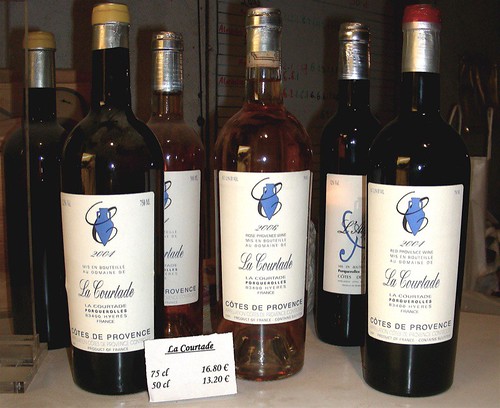
The wines at the Domaine de la Courtade
Here are the wines that we tasted at the winery:
• 2004 Côtes de Provence La Courtade Blanc: 100% Rolle. The wine can be cellared for approximately ten years. Light golden color, fragrant nose of white flower, creamy palate with a nice acidity, nutty flavors on the finish. A complex white.
• 2006 Côtes de Provence La Courtade Rosé: 70% Mourvèdre, 20% Grenache, 10% Tibouren. Pale salmon color, floral nose with citrus and berry aromas, nicely textured and refreshing palate, rather classy for a rosé.
• 2001 Côtes de Provence La Courtade Rouge: 97% Mourvèdre, 3% Syrah. The wine can be cellared for up to 15 to 20 years depending on the vintage. Deep red color, nose of red fruit, licorice and dry garrigue herbs, powerful, tannic palate, with a long finish. Really good but needs time.
Founded in the late 1980's, the Domaine Perzinsky is the youngest of the island estate. The planted varieties are Rolle and Sémillon for the white, Grenache for the rosé, and Mourvèdre and Syrah for the red. Unfortunately, I didn't have the opportunity to taste the wines of the domaine. The truth is that I spent too much time at the beach and the tasting room was closed when I arrived at the winery!
Related posts:
• 7/7/7 family reunion at the château de la Gagnotterie
• A visit at the Domaine des Huards in Cour-Cheverny
• The best table wine at less than 1 Euro
• And a Bordeaux at less than 5 Euros
Technorati tags: wine food & drink



